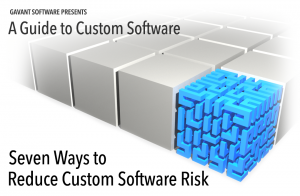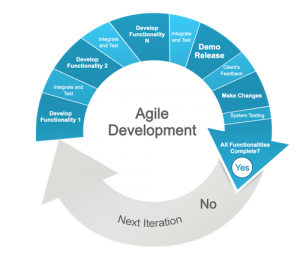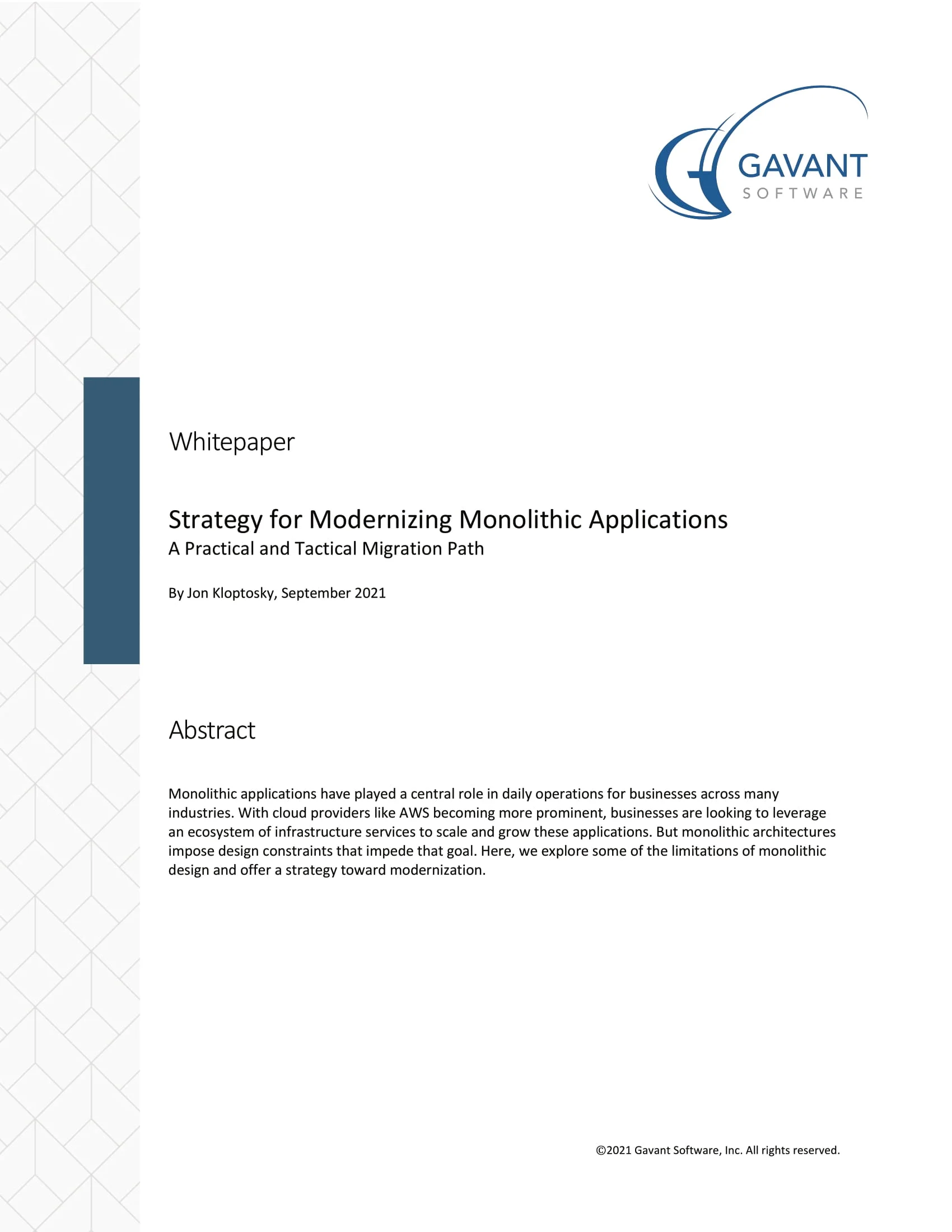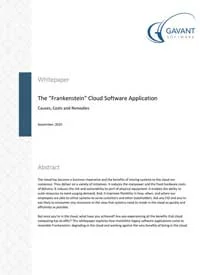A Guide to Custom Software, Part 5: Seven Ways to Reduce Custom Software Risk
 This series, A Guide to Custom Software, was developed to provide insight to give you an edge when making decisions about software. Whereas our previous entry touched upon factors that can sink a project, this piece – the final entry in the series – highlights seven ways in which the best development firms reduce custom software risk in an effort to improve the solution’s likelihood of success.
This series, A Guide to Custom Software, was developed to provide insight to give you an edge when making decisions about software. Whereas our previous entry touched upon factors that can sink a project, this piece – the final entry in the series – highlights seven ways in which the best development firms reduce custom software risk in an effort to improve the solution’s likelihood of success.
As the previous entry in this series touched upon, there are a number of risks that can conspire to sabotage a custom software project. What’s worse, most of the factors are not noticed or acknowledged until the project has begun, causing their impact to be much more significant and potentially devastating. While no software undertaking is ever truly without risk, awareness of the factors that lead to failure can increase the likelihood of your project’s success throughout every step of the development lifecycle. Below are seven actions that should be employed with your custom solution to help reduce custom software risk.
Start with a minimum viable product
The fundamental premise behind custom software solutions is the ability to go anywhere and do anything. But you need to be strategic in managing that freedom. While mindful of utopia, it’s important to get there in stages. The first stage should strive toward articulating the minimum viable product (MVP). An MVP is a first iteration of a system that provides the minimum set of capabilities needed to provide necessary value to stakeholders. While providing adequate functionality, it enables the first iteration to be attained with the lowest possible budget of time and financial expense. Ideally, the analysis that leads to the system’s definition should include all features envisioned, with those identified for inclusion for MVP to be noted. Those capabilities not earmarked for MVP must be agreed to by the stakeholder affected. This way that individual provides buy-in to the MVP and is assured their “pet” will not be forgotten in the future, but incorporated at the proper time and circumstances.
 Be agile
Be agile
Adding more functionality mid-build or tweaking the direction of the project are common and reasonable adjustments that arise during a custom software project’s development cycle. With an agile development methodology, a series of iterations are used in building the custom software solution, allowing for new pieces to be added or reworked with each iteration. Agile development – especially when paired with an MVP strategy – allows for significant flexibility for both your business and the software developer. As the demands of your industry change, you can react quickly and efficiently to incorporate new features and functionality into your custom solution for further competitive differentiation.
Address technical risks early
Custom software solutions often require the application of new tools, techniques, and technologies. When these technologies play a role in your software project, a quality development team will take the time to research and understand each one so that it may be seamlessly integrated into the solution. Understanding the strengths and vulnerabilities inherent in the various tools ensures a path toward getting the most out of a future-proof system. Ignoring potential technical risks can give rise to bottlenecks or blockers downstream in the development cycle. It’s critical to consider the possible consequences that might be faced down the line while you assess the best path forward.
Communicate frequently
Lack of communication is often cited as a primary cause for why a custom software project fails to deliver on expectations. As the team tasked with building your custom software solution, the development firm should be in frequent contact throughout every phase of the development process. They must fully understand your needs and requirements for the software in addition to providing feedback and updates regarding scope, timeline, and budgetary concerns. Clear communication for the duration of the endeavor’s development cycle helps ensure all parties are on the same page, each forward step is methodical, and risk of any unwanted surprise is diminished.
Engage users
Custom software is built for people. In order for the software to perform at its best, the people who depend on it need to be tapped for input. These conversations are as much about the ideal workflow as they are about software requirements. Very few employees and system users have any experience in driving software requirements discussions, so you need a development firm that’s experienced enough to collaborate with users and constructively gain their input. But it doesn’t end there; users need to be exposed to the work in progress at certain milestones to provide input and feedback that ensures the product is on course and on-value. The feedback from these engagements steers the direction of the subsequent iterations, continuing until the project has been completed. By engaging users, the development firm is certain to deliver a custom solution that’s useful and beneficial to the target user audience.
 Test thoroughly
Test thoroughly
How broken does something need to be in order to really be considered broken? All software should be tested early and often before it becomes too broken and too expensive to get back on track. As various elements and iterations of the custom solution are built, testing helps identify whether the software is performing as it should and if all of the pieces are interacting cohesively. With a frequent testing schedule, developers are able to quickly find and correct issues that would have crippled the entire project had they waited until a later point in the development cycle to run diagnostics. Such testing methods ensure the software is healthy from start to finish.
Maintain knowledge and expertise through support agreements
Once the custom solution has ultimately been delivered, the work doesn’t necessarily stop for a software developer. It needs to be future-proof. Ongoing support and enhancement agreements provide for updates, upgrades, and overall responsiveness to changing business conditions of customers and marketplaces. Such agreements enable quick continued adaptation in response to changing technology considerations, whether opportunity or threat. You need assurance that your development team will be ready when you’re ready. Retaining detailed and accurate documentation of the project’s specifications provide you with continuity to respond to any scenario requiring change or enhancement to your custom software system. Support agreements prevent lost sleep, wondering if you’ll be ready to respond to change.
While risk is inherent in all custom software projects, the best development firms take measured steps to minimize that risk to the maximum practical extent. The actions highlighted in this final entry of our Guide to Custom Software are a collection of techniques employed by the best developers to ensure greater success of the custom solutions they build as they strive to reduce custom software risk. When evaluating a software development firm, take time to understand their development styles, methodologies, and level of interaction and engagement with clients. Doing so will go a long way toward securing both a quality development team as well as long-lived software success.




 Strategy for Modernizing Monolithic Applications
Strategy for Modernizing Monolithic Applications
 The "Frankenstein" Cloud Software Application
The "Frankenstein" Cloud Software Application
 A Guide to Custom Software Development
A Guide to Custom Software Development